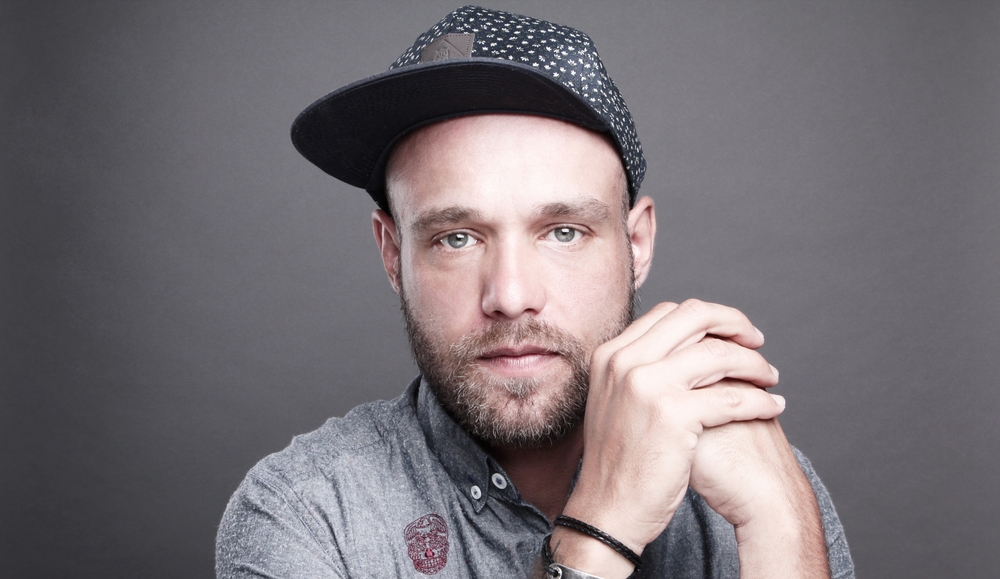Working with formaldehyde
I have been working with products containing formaldehyde since 2007-2008. Done many Brazilian Keratin treatments, visited Brazil numerous occasion , where I spent time in factories, done exhibitions, and talked and visited many manufacturers. Me and my team tested probably 50-60 companies products, launched our own brand and distributed Brazilian Keratin products. In the past years I’ve done extensive research, teached my technique internationally and been asked by many beauty editors on my view on Formaldehyde. I know many stylist and customers who loves the effect of Formaldehyde, I am neither supporting or condoning using such products, the below is just my thoughts on formol and a way I am using it in salon. My treatment does not release extensive amount of formaldehyde in the air, and does not cause discomfort. However I have experienced and seen colleagues and costumers experiencing discomfort caused by formaldehyde and I think regularly being/working in an environment where large amount of formaldehyde is released it is unhealthy.
I urge every stylist to do they own research before using products contain formal or release formaldehyde.
So what is formaldehyde?
Formaldehyde is an organic compound, a gas at room temperature, formaldehyde is colorless and has a characteristic pungent, irritating odor. It is an important precursor to many other materials and chemical compounds. Commercial solutions of formaldehyde in water, commonly called formol, were formerly used as disinfectants and for preservation of biological specimens. It is commonly used in nail hardeners and/or nail varnish.
Where can we find formaldehyde?
Formaldehyde is pretty much everywhere, you can find it in the air and the human body. According to a 1997 report by the U.S. Consumer Product Safety Commission, formaldehyde is normally present in both indoor and outdoor air at low levels, usually less than 0.03 parts of formaldehyde per million parts of air (ppm).Formaldehyde and its adducts are ubiquitous in living organisms. It is formed in the metabolism of endogenous amino acids and is found in the bloodstream of humans and other primates at concentrations of approximately 0.1 millimolar. Formaldehyde is used in building materials and to produce many household products. It is used in pressed-wood products, such as particleboard, plywood, and fiberboard; glues and adhesives; permanent-press fabrics; paper product coatings; and certain insulation materials. In addition, formaldehyde is commonly used as an industrial fungicide, germicide, and disinfectant, and as a preservative in mortuaries and medical laboratories. Formaldehyde also occurs naturally in the environment. It is produced in small amounts by most living organisms as part of normal metabolic processes.
When dissolved in water, formaldehyde forms a hydrate, methanediol, with the formula H2C(OH)2. This also exists in equilibrium with various oligomers (short polymers), depending on the concentration and temperature. A saturated water solution, of about 40% formaldehyde by volume or 37% by mass, is called “100% formalin or formol“. A small amount of stabilizer, such as methanol, is usually added to suppress oxidation and polymerization. A typical commercial grade formalin may contain 10–12% methanol in addition to various metallic impurities.
Open Air method
I am a big fan of open air method, when the treatment is done in open air, when is possibility and using high heat I recommend the treatment to be performed outside a building.
This was the boring but needed bit, let’s get done to my theory
We are talking about two different substances Formaldehyde which is in the air, and Formal which is dissolved in water, so it’s in the product. Let’s look at Formalin, in the beginning companies used up to 15% in their products. Formalin is not breathable but can touch your skin, go into your eyes, or in your mouth. It can cause irritation, redness, and skin sensitivity, and eye irritation (eye watering). The treatment not suppose to be applied on scalp, but away from the scalp, I haven’t seen any skin sensitivity for the product yet, but I can believe it’s exist. By smelling the product no one had anything bad happened, so I think we can agree that formal as it is in the treatment is harmless, until it becomes formaldehyde so it’s in the air.
The problem happens when formal becomes formaldehyde trough excess heat, that could be heat of straightening irons, or hair dryers. Using this heat the stylist release formaldehyde in the air. The effects of high formaldehyde level in the salon can cause eye irritation, nose irritation and breathing irritation, strong smell and uncomfortable smoky environment. This is short term exposure.
Blow drying, and heat delivery method is dated, and it’s causes high level of formaldehyde in the air. I think the secret of the proper treatment is using the right amount of product to coat the hair, and use minimal heat, so we not creating extensive amount Formaldehyde in the salon. If heat not used, there is no/minimal Formaldehyde in the air, so the treatment is safer.
I developed a system which uses a different penetration methods, so we do not have to use extensive heat, whilst achieving the same or even better results without having to have large Formaldehyde levels in the air.
We sent detailed information to EU and USA hair, and health government bodies but tbh no one was interested to support a research and develop the safe use of the treatment. They only care about the Formol % in the product.
Cancer warnings
Although the short-term health effects of formaldehyde exposure are well known, less is known about its potential long-term health effects. In 1980, laboratory studies showed that exposure to formaldehyde could cause nasal cancer in rats. This finding raised the question of whether formaldehyde exposure could also cause cancer in humans. In 1987, the U.S. Environmental Protection Agency (EPA) classified formaldehyde as a probable human carcinogen under conditions of unusually high or prolonged exposure
Oregon OSHA conducted air monitoring during treatments using the Brazilian Blowout smoothing product at seven different salons where a single treatment was conducted over the course of the day. The 8-hour average exposures ranged from a low of 0.006 parts per million(ppm) to 0.33 ppm. These compare to a permissible exposure limit of 0.75 ppm. Although it was not exceeded for any of these stylists, it should be noted that multiple treatments would increase the daily average significantly.
The short term effects as mentioned before eye, nose and breathing irritation. If you a customer visiting a salon iI think one can only experience short term effects of formaldehyde, which can not cause cancer on it’s own.
If you a hairstylist you could read reports on the long term effect of formaldehyde tested on builders, painters and factory workers who actually continuously during working hours under high level of formaldehyde. Formaldehyde undergoes rapid chemical changes immediately after absorption. Therefore, some scientists think that formaldehyde is unlikely to have effects at sites other than the upper respiratory tract. However, some laboratory studies suggest that formaldehyde may affect the lymphatic and hematopoietic systems.
To summarise after my studies and experiences, I don’t think Formaldehyde can cause an ongoing problem to the customer, when she/he is only exposed for a short time, but it can cause discomfort. I think stylist should start using a method which does not contain extensive heat and product over-use, so we do not release large amount of Formedalhyde in the salon air. I think product companies who still sell products which contains Formal over the legal limit /there are many of them/, should think if it’s really worth it?!, and invest in research developing safe techniques.
Feel free to contact me regarding this article if you have any questions. zx
References, and links:
https://www.osha.gov/SLTC/hairsalons/
http://www.inchem.org/documents/sids/sids/FORMALDEHYDE.pdf
http://monographs.iarc.fr/ENG/Monographs/vol88/mono88-6.pdf
http://www.nicnas.gov.au/chemical-information/information-sheets/existing-chemical-info-sheets/formaldehyde-in-clothing-and-textiles-factsheet
http://www.orosha.org/pdf/Final_Hair_Smoothing_Report.pdf
https://www.osha.gov/SLTC/formaldehyde/index.html
http://www.inchem.org/documents/icsc/icsc/eics0275.htm
http://www.fda.gov/Cosmetics/ProductsIngredients/Products/ucm228898.htm
https://www.osha.gov/OshDoc/data_General_Facts/formaldehyde-factsheet.pdf
http://www.womensvoices.org/avoid-toxic-chemicals/salon-products/hair-straightening-products-containing-formaldehyde/
http://www.cancer.gov/cancertopics/factsheet/Risk/formaldehyde
http://en.wikipedia.org/wiki/Formaldehyde























